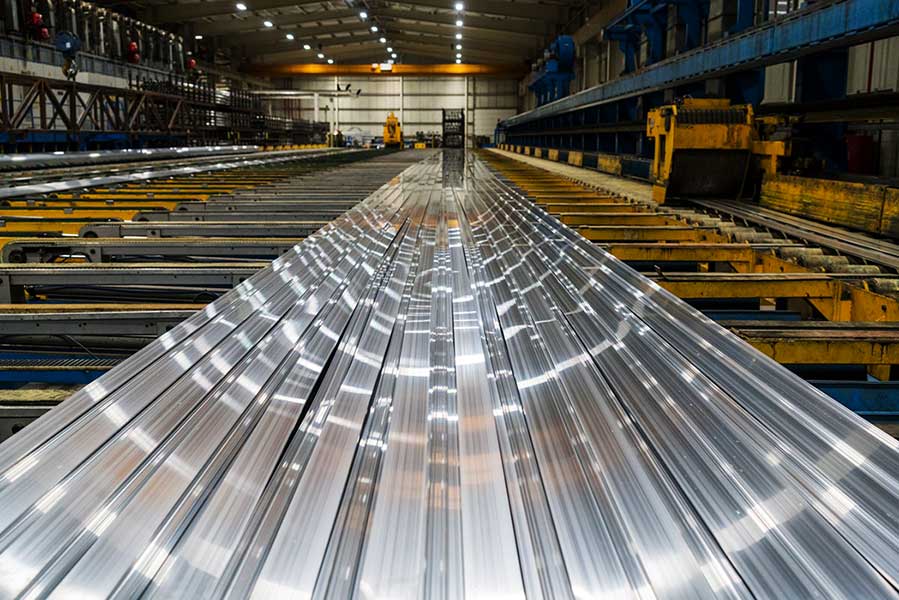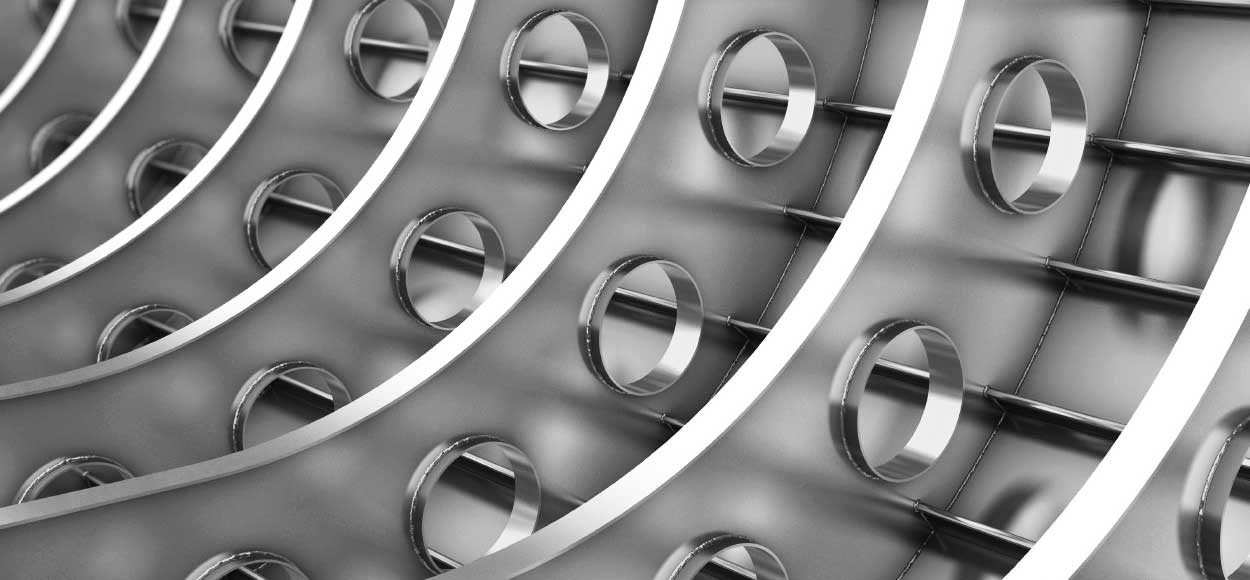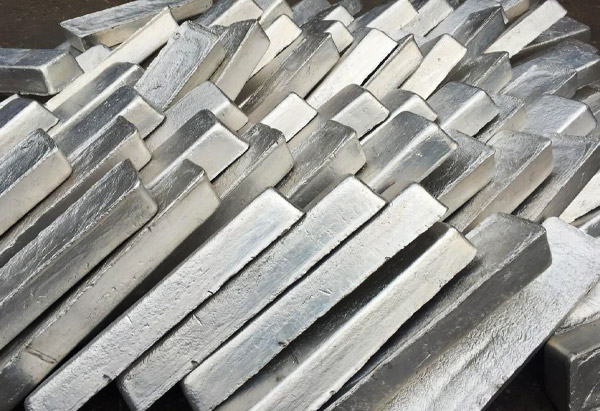Aluminum Alloying
The purpose of producing different aluminum alloys is to improve the qualitative and quantitative properties of aluminum for different uses. About 90-96% of its composition is aluminum. Therefore, the percentage of alloying materials is insignificant and a volume of about 10% remains for the composition of other metals. Adding a small amount of impurity has a tremendous effect on the properties and functional characteristics of aluminum. For this reason, it is necessary to know the types of aluminum alloys in order to choose the right type for a certain application. Aluminum alloys are divided into two categories according to aluminum alloying methods: wrought aluminum alloy and cast aluminum alloy.

Aluminum alloying is almost the most dominant share in the magnesium international market. Magnesium is used in the production of about 80% of wrought aluminum alloys. Also, magnesium metal is used in 60% of cast aluminum alloys. In wrought aluminum alloys, adding 0.1 to 4.4% of magnesium increases their ductility and weldability. In cast alloys, adding 0.3 to 1.5% magnesium improves corrosion resistance and tensile properties.
The role of magnesium in aluminum alloys is to increase strength and hardness. Silicon combines with magnesium to form the hardening phase Mg2Si. This phase is the strength factor of 356 family alloys and gives them heat treatment capability. Also, in magnesium-rich alloys of the 5XX family, this element increases the strength of the alloy, but in these alloys, there is also a small percentage of silicon, which increases the strength in combination with magnesium. Magnesium in combination with other elements in the 5XX family increases strength even more.

The strength of aluminum-magnesium binary alloy is usually not improved by heat treatment, but these alloys have high strength and ductility in the as-cast state and at room temperature after natural aging. The castability of aluminum-magnesium alloys is poor (they cause corrosion in mold components, they have low fluidity due to the low percentage of silicon, and they tend to be brittle).
Their corrosion resistance is excellent and they become natural aluminum color by anodizing. The machinability of these alloys is also excellent. The highest strength is caused by the presence of magnesium not in the 5XX series alloys, but in the 3XX series alloys, after combining with silicon and forming the Mg2Si phase, or in the 2XX and 3XX series alloys, due to combining with copper and forming the Al2CuMg phase (which is the possibility of precipitation of hardness provides) is obtained.

Alloys containing magnesium metal are mainly used in three industries, namely: The packaging industry, which includes soft drink cans, aluminum foils, food packages, etc. The automotive industry which includes sheets and components such as cylinder heads, pistons, and engine blocks. The construction industry includes extrusion profiles.
KHORASAN MG offers different grades of magnesium ideal for these applications.

